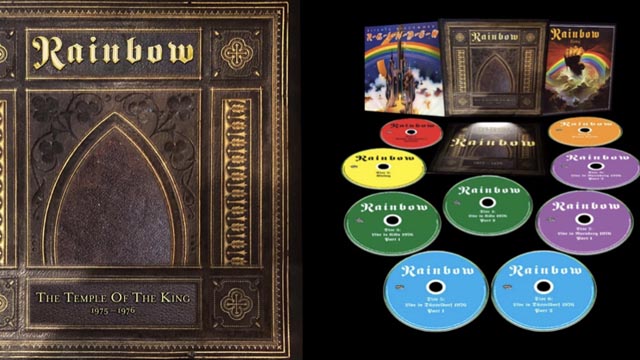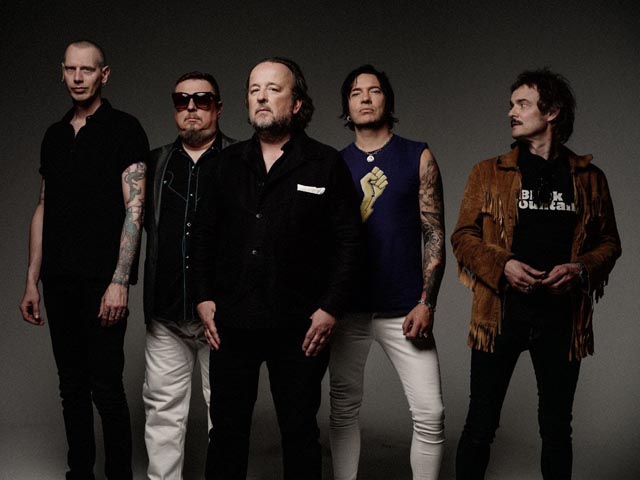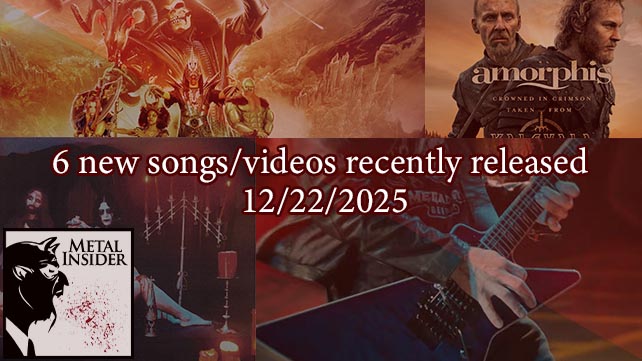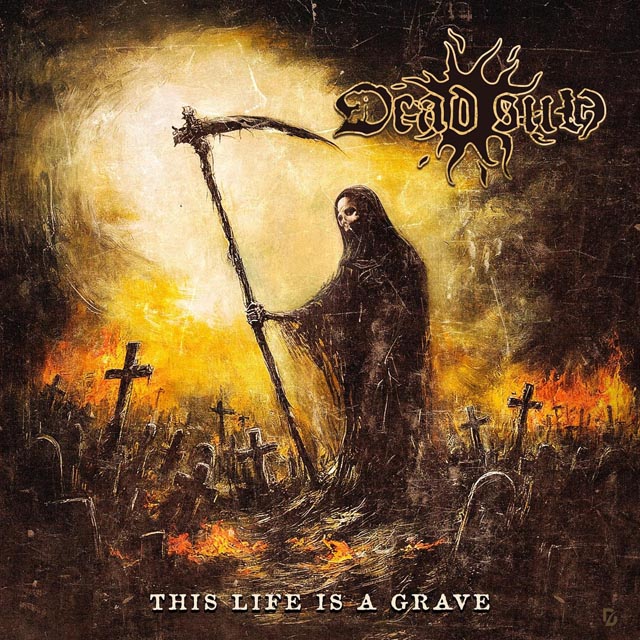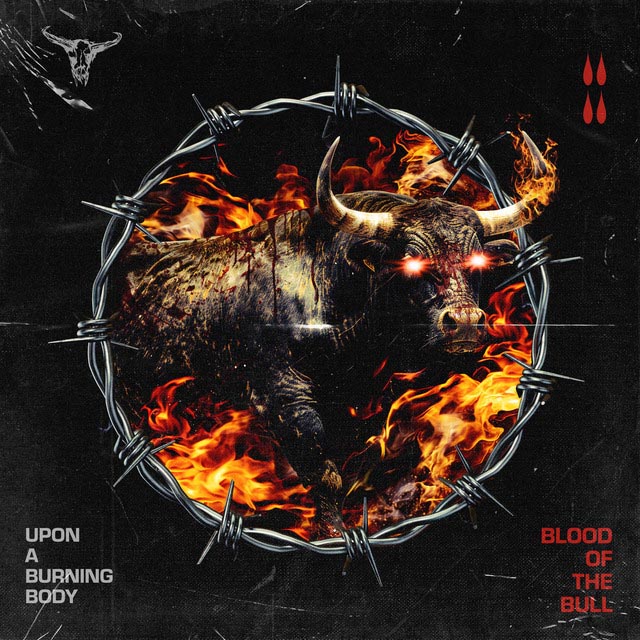 It’s not a spoiler by now to say that Sound City, which premiered yesterday in theaters and is available on demand today, climaxes with a jam session featuring Paul McCartney, director Dave Grohl’s musical idol, and the surviving members of Nirvana. And anyone that’s seen the trailer for the film, about the rise and fall of Los Angeles’ Sound City Studios, knows that Dave Grohl purchased the studio’s custom Neve 8028 Console to install in his own studio. In fact, the console, one of only five made, is pretty much the star of the film. But as much as the film is about a run-down studio that Jimmy Iovine once said should be “fucking bombed,” it’s also about changing technologies, the state of the music industry through four decades, and the power and spirit of rock and roll.
It’s not a spoiler by now to say that Sound City, which premiered yesterday in theaters and is available on demand today, climaxes with a jam session featuring Paul McCartney, director Dave Grohl’s musical idol, and the surviving members of Nirvana. And anyone that’s seen the trailer for the film, about the rise and fall of Los Angeles’ Sound City Studios, knows that Dave Grohl purchased the studio’s custom Neve 8028 Console to install in his own studio. In fact, the console, one of only five made, is pretty much the star of the film. But as much as the film is about a run-down studio that Jimmy Iovine once said should be “fucking bombed,” it’s also about changing technologies, the state of the music industry through four decades, and the power and spirit of rock and roll.
There was nothing fancy about Sound City Studios. It flooded often, would often smell like yeast from a nearby Budweiser plant, and from the testimony given, always seemed like it was on the verge of closing. Yet from 1969 to 2011, was responsible for a strong of gold and platinum albums from the likes of Neil Young, Dio, Metallica, Slipknot, Tool, Ratt and Rage Against the Machine, to name but a few. There were three albums recorded that “saved” the studio, one of which was Nirvana’s Nevermind, with the owner stating that whenever an album recorded there topped the charts, the phone would ring off the hook.
The multiple interviews in the film parallel several decades of popular music. From Neil Young and Tom Petty to Rick Springfield and Ratt’s Stephen Pearcy to Corey Taylor and Josh Homme, everyone has insight to share about Sound City, particularly about how great the sound was in the main room, which was formerly where Vox manufactured their amps. Yet there are also personal stories intertwined. Mick Fleetwood talks about hearing an album that was recorded there by Buckingham Nicks, which led to the duo joining Fleetwood Mac. Rick Springfield married a receptionist at the studio. And producer Nick Raskulinecz tears up when talking about the studio’s demise.
The film is also about the changing landscape of music. As the late ’80s and early ’90s brought on the rise of sampling, Pro Tools, auto tune and the rise of laptop production, it obviously had an effect on the Sound City’s bottom line. Especially since the studio remained proud of being analog, with the Neve console serving as a monument to the power of non-digital production. Yet technology isn’t completely viewed as an enemy. Grohl says that Trent Reznor uses technology as an instrument, not as a crutch.
While a documentary just on the studio would have been compelling enough, its when Grohl brings in musicians from the studio’s past to play and record songs at his studio (which hilariously features a large portrait of Grohl) that everything comes full circle. It shows that all the talk about music can’t be backed up if you’re not a good musician, so it’s no surprise that the segment is titled “Reel to Real.” Hearing and seeing Stevie Nicks, Pat Smear, Joshua Homme, and others jamming and recording shows their passion for collaboration and live music, and for the first time in my life, I’m looking forward to hearing a Rick Springfield song. And there’s no greater moment in the film than seeing the joy on Grohl’s face as he records a song with the reason he got into music on the board that he feels is responsible for his career. In short, if you like or have ever liked rock, or any of the artists mentioned in this article, this movie is a must-see. It’s available online to stream today, but deserves to be seen in a movie theater, where you can best appreciate the sound. Check to see if it’s playing in your town here. And in case you’re somehow still not convinced, watch the film’s trailer after the jump.
[youtube]http://youtu.be/HQoOfiLz1G4[/youtube]






